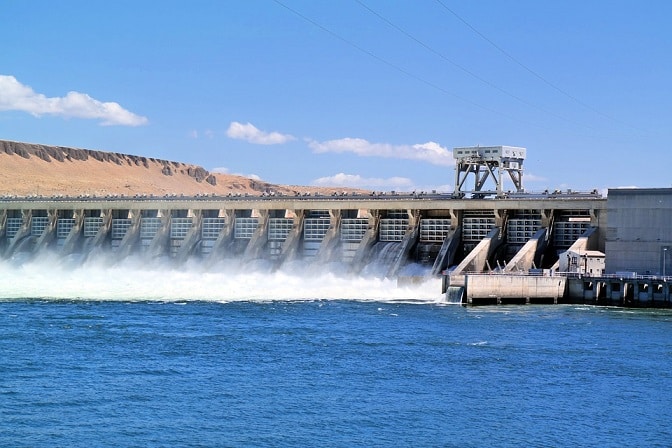Cities are the driving force of the global economy, accounting for more than 50% of the world’s population and generating approximately 80% of global GDP. While cities provide umpteen opportunities for development and growth, they also pose risks and challenges to both humans and the environment.
Many regions across the globe are currently experiencing either water shortages or water stress, and this is projected to increase as global demand for water is projected to increase by 55% by 2050 due to a burgeoning urban population. Demand for energy to provide water and wastewater treatment services will also increase exponentially.
Water and energy are inexorably linked because water is required for the production of virtually all types of energy (coal, geothermal, hydro, oil and gas, and nuclear energy). On the other side of the coin, energy is the overriding cost factor in the provision of water and wastewater services such as the extraction and conveying of water, water treatment, water distribution, water use, and the collection and treatment of wastewater. Energy costs account for between 30%-40% of total operating costs of water and wastewater utilities.
Cities around the world have introduced innovative processes to reduce water-energy nexus pressures, such as the smart meters installed across the Emirate by the Dubai Electricity and Water Authority (DEWA), which will enable customers to receive real-time information on water and energy consumption, thereby allowing them to monitor their use and manage the bills.
The smart metres also provide historical consumption data and a breakdown of consumption processes that use water and energy so that they can set caps for both water and electricity consumption themselves.
Another good example is Phnom Penh’s Water Supply Authority’s water leakage reduction as well as reducing the amount of energy required in treating water to potable standards, which currently stands at around 45% via a telemeter system that detects high leakages and illegal connections in different zones of the water supply system.






